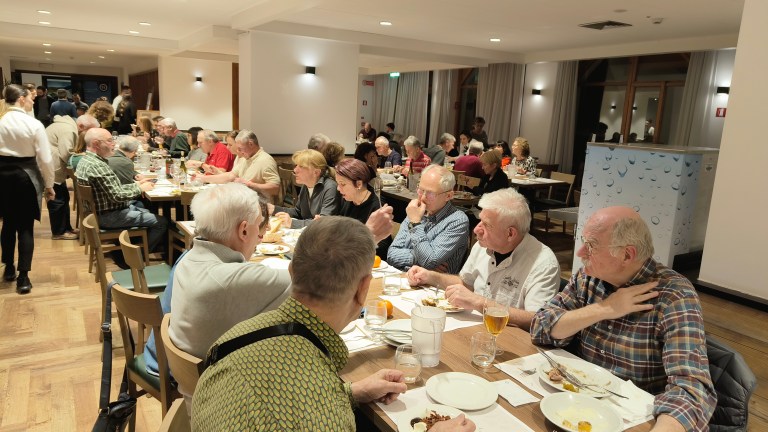Przyslala Basia Jaworski
Morte de Verismo: Verismo is dead. In recent years, this heartfelt cry has been the subject of intense discussion on opera mailing lists, in opera groups on Facebook and during emotional conversations and discussions among many fans of the genre. But is it true? Is verismo dead?
People say verismo and think: Mascagni and Leoncavallo. Rightly so? Cavalleria Rusticana and certainly Pagliacci are among the most popular operas ever. The most tragic as well. But that is not only because of their content. They are about passion, love, jealousy, revenge and murder, but that and also the rough realism does not make them more violent than Carmen. And we have also experienced ‘ordinary people’ and ‘present time’ in operas before, in La Traviata for example.
No, what actually makes these operas so tragic is the fate of their creators. Both works caused a huge sensation and left their creators with a blockbuster they could never equal again. Not that they composed nothing else or that the quality of their later operas leaves much to be desired. On the contrary. La Bohème by Leoncavallo or L’Amico Fritz by Mascagni, for example, are true masterpieces.
The ‘why’ is difficult to answer, although many explanations have been given. Mascagni would not have remained true to his style and started to compose in the romantic style again. But that is not true: Cavalleria contains many passages that are just as lyrical as L’Amico Fritz, for example, and Cavalleria is no more dramatic than lets say Iris.

Pietro Mascagni. Photo courtesy BBC archives
“Crowned before I became king”, Mascagni sarcastically remarked (‘Cavalleria’ was his first opera, composed when he was 26 years old), and that goes for Leoncavallo as well. Whatever the cause may be, both composers have, inseparably linked, gone down in history as composers of only one opera.
The same thing happened to their contemporaries and/or contemporaries of style (they preferred to call themselves ‘La Giovane Scuola’ – ‘The Young School’). The few people who have heard of Giordano, Catalani, Franchetti or Cilea probably cannot name more than one opera. Or even worse: one aria.
It is difficult to say what caused this, and is worth exploring, but the fact is that after the thirties and forties (and also the early fifties) the genre suddenly became ‘not done’. Intellectuals considered the genre as beneath themselves and the sobs in the aria ‘Vesti la giubba’ from Pagliacci became the example of bad taste.
Cavalleria Rusticana and Pagliacci have always remained popular with audiences, though. The real lovers have never taken any notice of this intellectual criticism (especially the eighties and nineties of the last century were ruthless for verismo).
CAVALLERIA RUSTICANA
The premiere of Cavalleria Rusticana took place in 1890, three years after Otello and three years before Falstaff by Verdi. The leading roles were sung by Gemma Bellincioni as Santuzza and her husband Roberto Stagno as Turiddu.
Thanks to Edison and his invention we know how the first Santuzza sounded, because in 1903 Bellincioni recorded ‘Voi lo sapete, o mamma’ (SRO 818-2). What do we hear? Bellincioni has a light soprano, with an easy height, but with a dramatic core. It seems that she had had little success with the then standard repertoire, but her presence, her acting and interpretation made her very suitable for the new operas composed in the verist style.
Bellincioni sings ‘Voi lo sapete o mamma’:
Calosc TUTAJ
Kategorie: Muzyka



